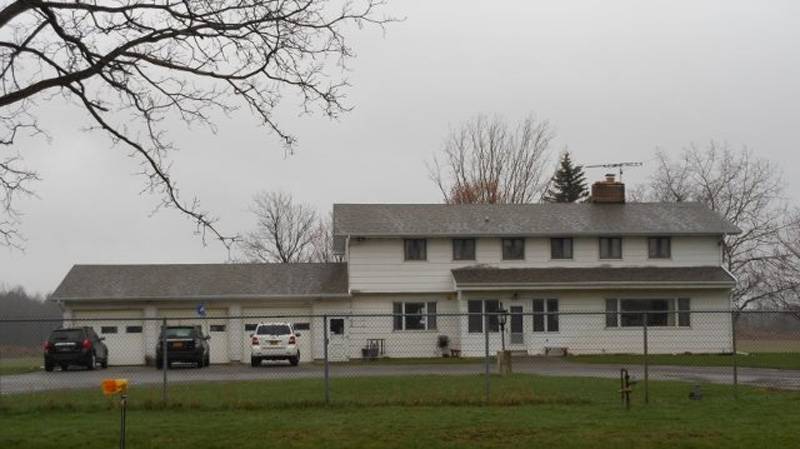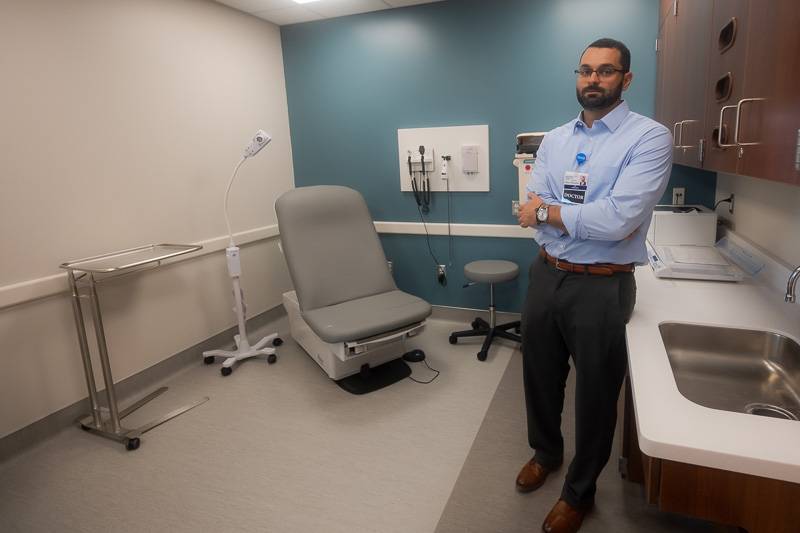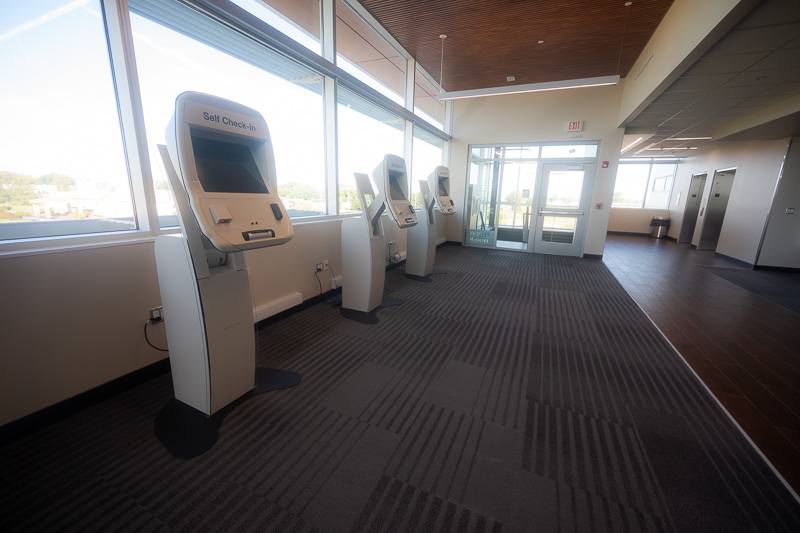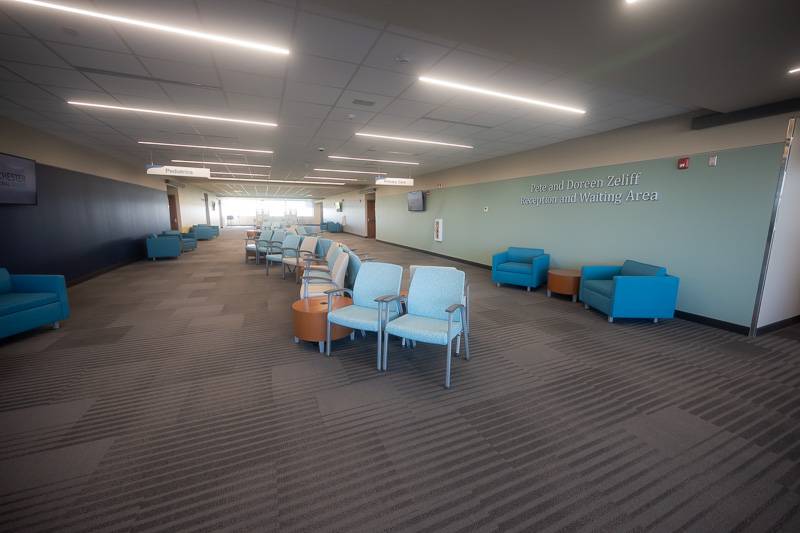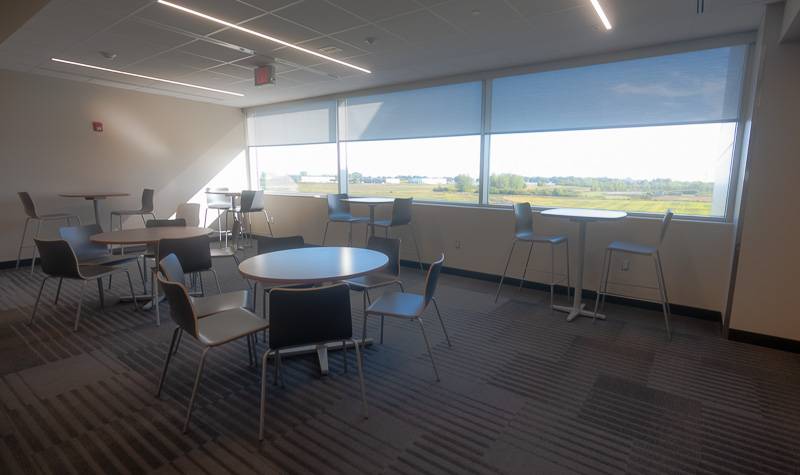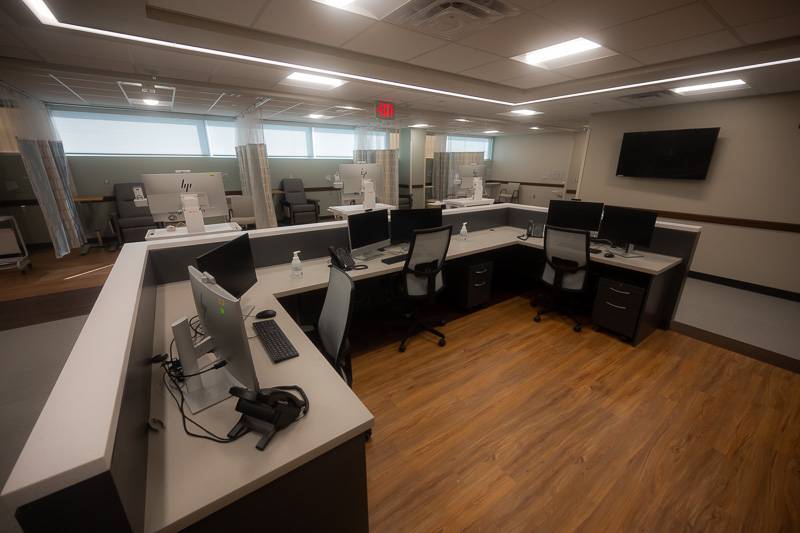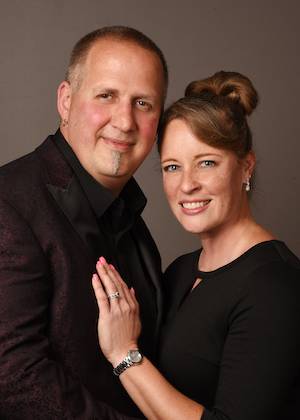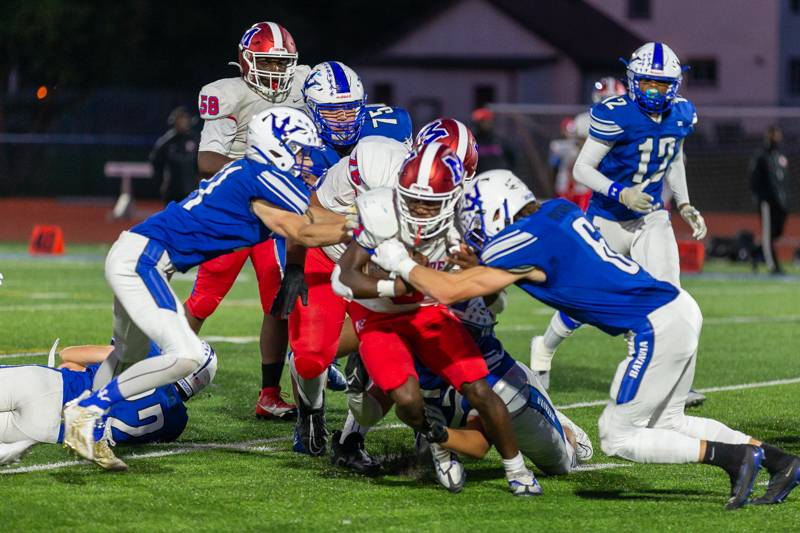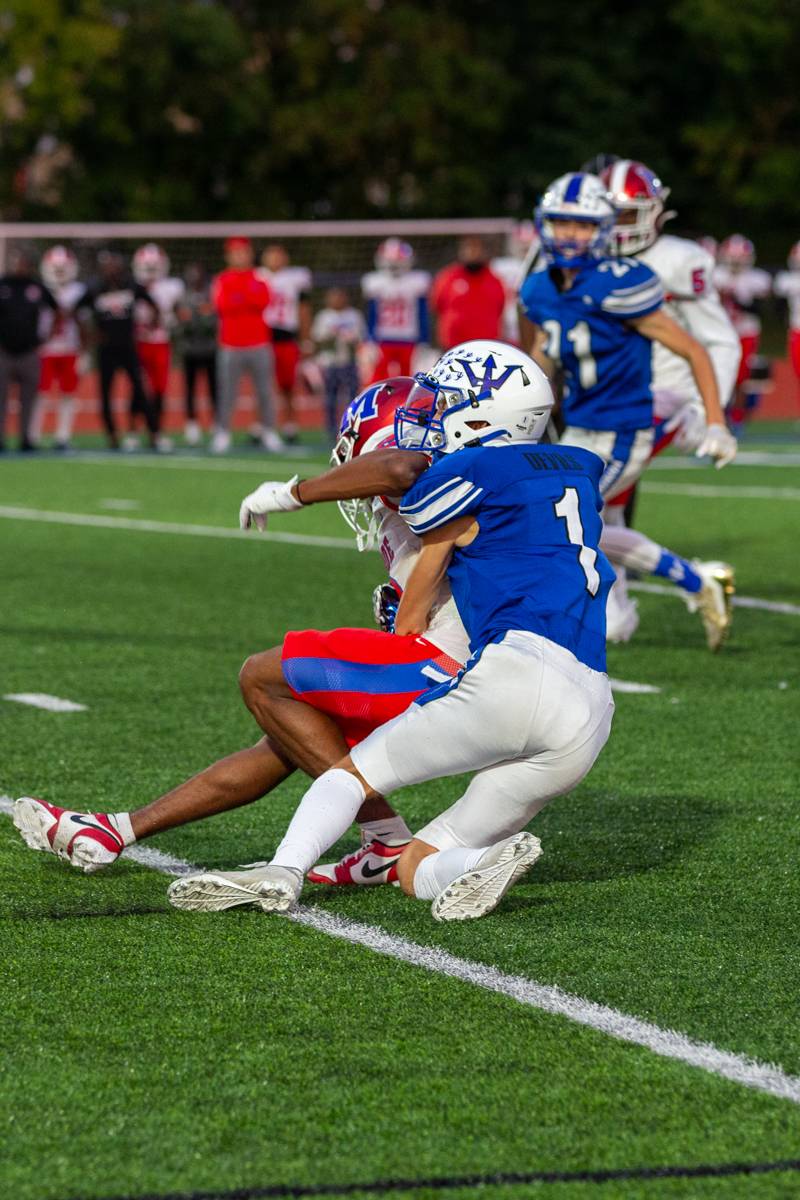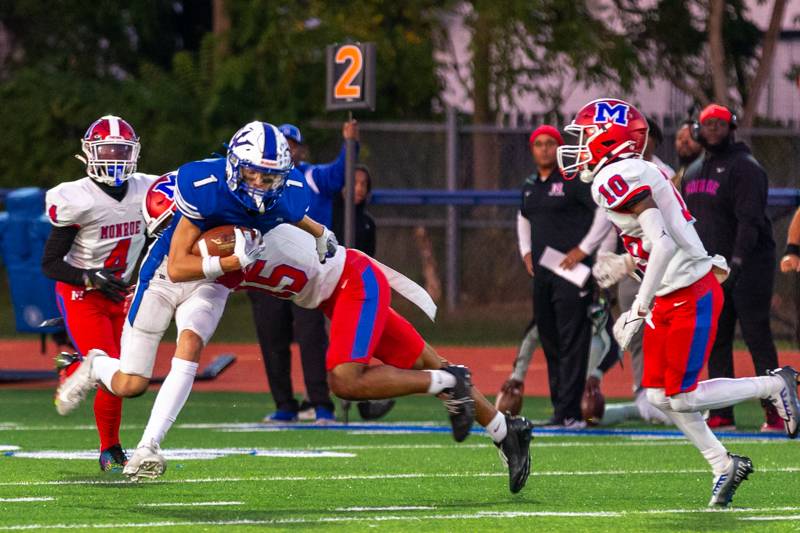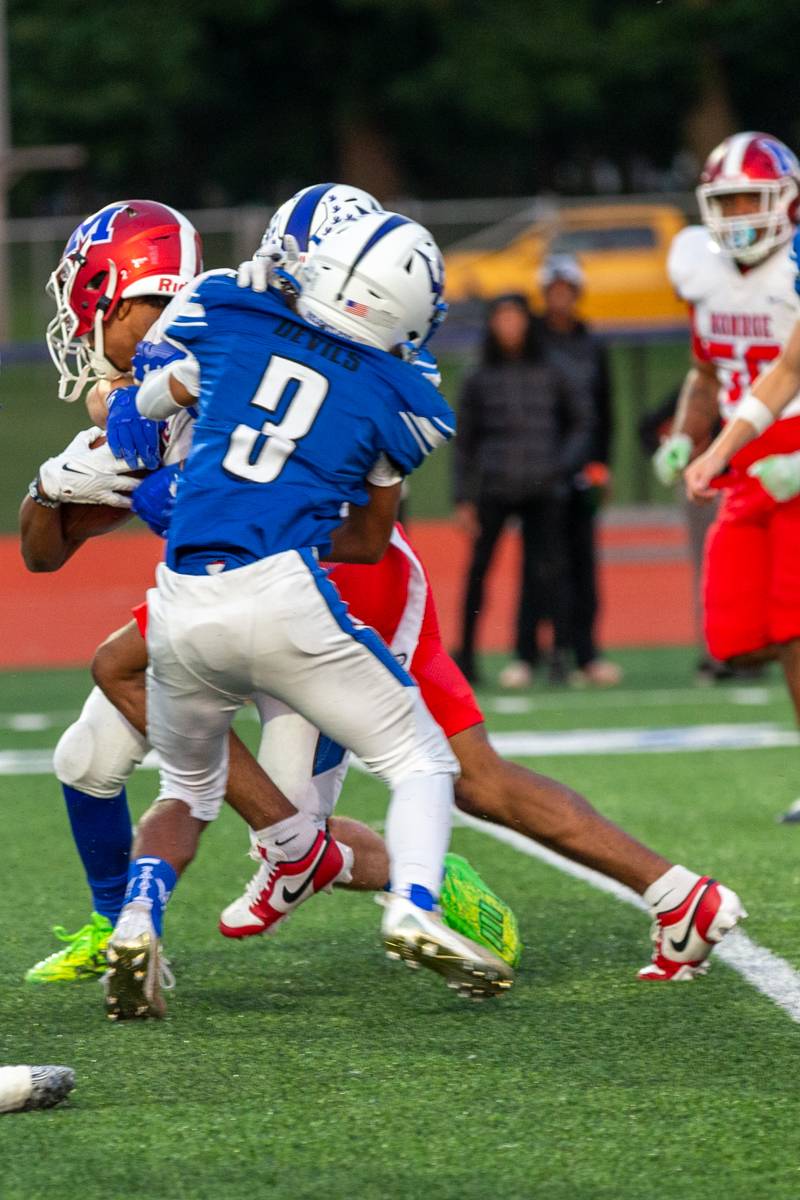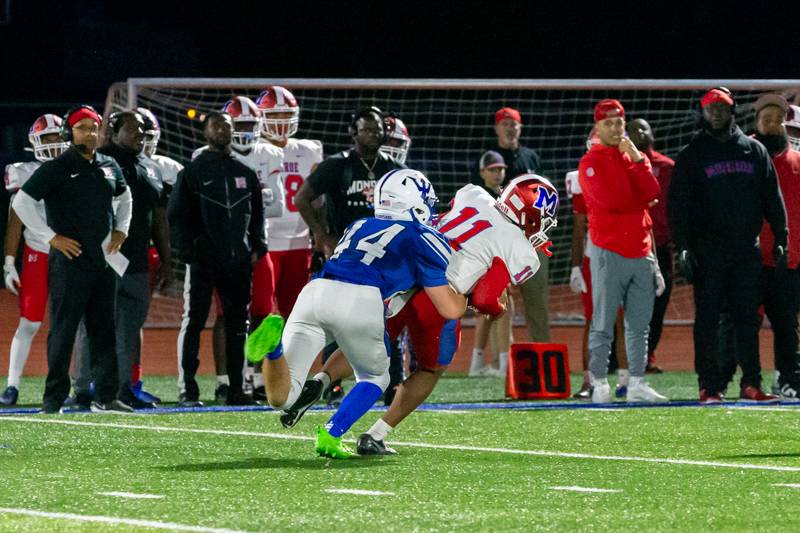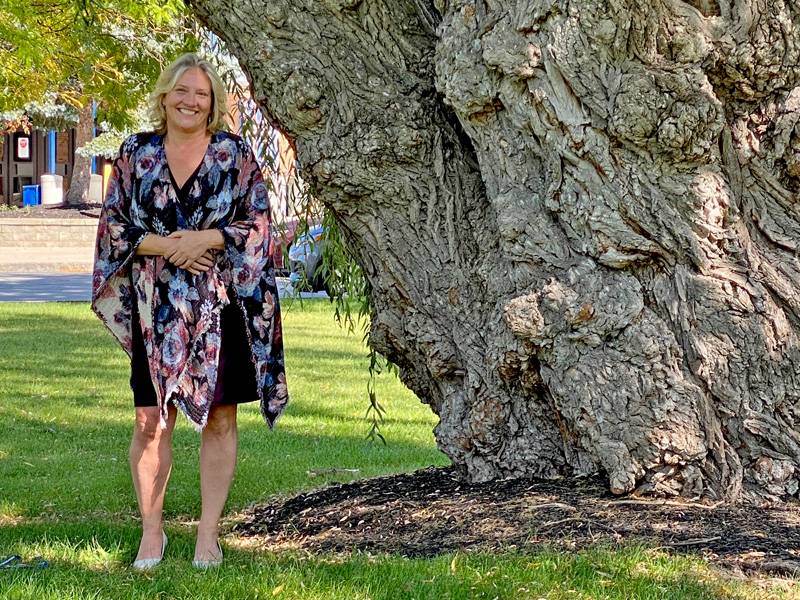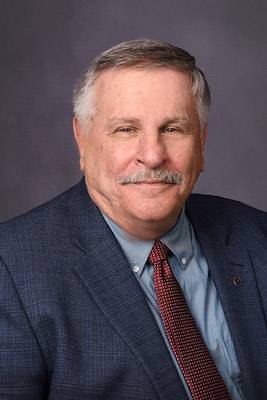Citywide response training gets schools 'on the same page'
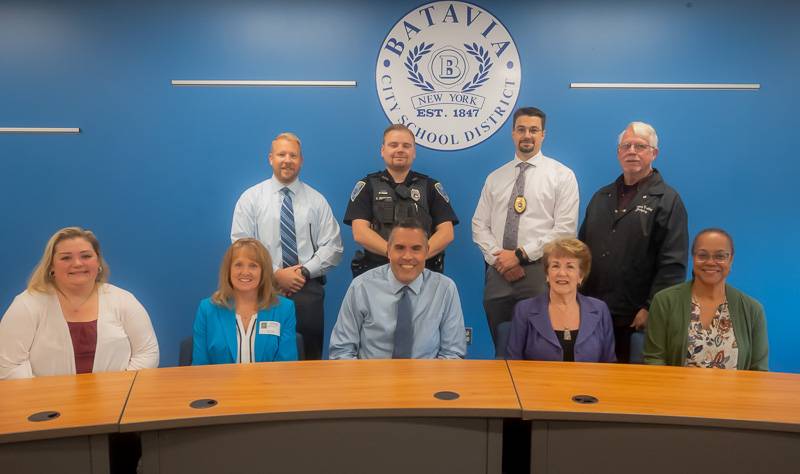
Photo by Howard Owens.
Mr. Simpson’s in the building.
If you don’t know what that means, you’re one of the many students, staff and faculty at the school districts that don’t use such lingo as a secret indicator of a particular message to be broadcast when necessary over the public address system.
Just imagine what it would be like as a visiting student or substitute teacher on a day when this cryptic notification is aired, and all of the other school members respond in a knowing awareness. What if this message held special significance in relation to a school threat or community emergency? On the other hand, there are two very common terms used by most every school that have caused much confusion as well: lock out and lock down.
Now that a Standard Response Protocol has been implemented this summer, the language and related directives during school incidents will be the same for each of the city school district schools, St. Paul Lutheran, St. Joseph’s, Notre Dame High School and the state School for the Blind, and for Batavia Police Detective Eric Hill, it's about time.
“They've had the lockdown procedure in place and lockout procedure in place for a very, very long time. It's just now we're calling the lockout secure, so there's not that confusion any more. I'm really trying to push the education portion of it. Because a lot of times, you know, because of the very similar wording between lockout and lockdown, the general public would get confused as well. So we'd call for a lockout. And people would be like, 'Oh, my gosh, my kid was in lockdown.' They weren't, but it was just that the language is so close to one another that you don't understand what the difference is between them,” Hill said. “So we're trying to get that information out to the general public, and schools have actually had Parent Night and stuff like that, where they've been pushing out this wording and what it actually means. So when a parent hears 'Oh, you know, my school or my kid was in a Secure,' they understand that there wasn't any threat to the child at all … so we're hoping that that'll alleviate some of the anxiety that comes along with this kind of stuff.”
There have been some districts that used phrases such as Mr. Simpson is in the building to indicate a certain message to the student body, and a more universal language would help to clarify those messages as well, he said.
As for the wording, the new language to be used in this protocol will be:
Hold — is followed by “in your room or area,” and is the protocol used when hallways need to kept clear of occupants.
Secure — is followed by “get inside. Lock outside doors,” and is the protocol used to safeguard people within the building.
Lockdown — is followed by “locks, lights, out of sight,” and is used to secure individual rooms and keep occupants quiet and in place
Evacuate — may be followed by a location, and is used to move people from one location to a different location in or out of the building.
Shelter — is to include the hazard causing the incident and safety strategy for the group and for self protection.
These words will be announced by public address system when necessary, although Hill would like to eventually move to having the software available for use on cell phones, laptops, computers and Smart Boards. That will take future grants or other types of funding, he said.
An example of a Hold would be if a student is sick and other students need to be kept away and out of the hall, a Hold may be called out over the PA, he said.
A secure might be if there’s a threat outside of the building — there was a recent real example when police had a car chase, and the driver bailed from his vehicle and police officers chased him on foot. Previously that would have been a lock out, but now is a secure, meaning keep everyone inside and safe, and go about your business with the doors locked to prevent anyone from getting inside.
A lockdown is when the threat is inside the school and students and staff need to keep themselves safe inside, perhaps locked inside a classroom.
Evacuate is to move out of the building, and shelter is to find a safe place to be in a time of crisis, perhaps a blizzard or other natural disaster.
An initiative that began from tragedy — a school shooting that took the life of Emily Keyes — the I Love U Guys Foundation was founded by her parents, Ellen and John-Michael, in 2006 to “restore and protect the joy of youth through educational programs and positive actions in collaboration with families, schools, communities, organization, and government entities.”
The couple drafted these directives as ways to provide more uniform responses for kids to follow when incidents occur in schools, up to the point when the incident ends, Hill said. So if it’s a threat inside of school, no one would leave a locked classroom until an authorized person with a key unlocks that door. Because “no one, under any circumstances should open that door for anybody,” Hill said.
“Because, you know, we'll be opening that door. But we specifically set it up that way. The SRP is they've literally thought of everything at the I Love U Guys Foundation. They've put a lot of time, a lot of effort into this,” he said. “And we've actually had several trainings with them over the summer, and with school staff, both private and public school staff, to really understand their SRP and where it would be beneficial to everybody in our community, law enforcement, staff, students in the public, just to get everybody on the same page. So we're all talking the same language.”
The program’s name stems from when Emily was held hostage during her school’s shooting, and she texted that message to each of her parents. One goal is to get schools across the country to sign up and train using this standardized response protocol. Hill wants to ensure that the city’s program is up and running strong before then moving onto spreading it throughout Genesee County.
“Once we kind of get that in place, then we do want to hopefully grow the school safety team by pulling the Sheriff's department in with us. And then rolling it out county wide,” he said. “So that way, all the schools in Genesee County are using the exact same language, they're using the exact same protocols. And we all know what each other is doing. But we just haven't gotten to that step yet. So we're working towards that.”
Crisis response training for each of the schools began in August and will continue throughout the year. This protocol is not to be a replacement for any school safety plan, but an enhancement for critical incidents, officials said.
Clear communication is critical in a crisis situation, City Schools Superintendent Jason Smith said, and the “standardization of these terms will provide clear direction to our students, staff, families, and community in case of emergency.”
“Thank you to our partners at the Batavia Police Department for leading this effort and for their consistent prioritization of school and community safety,” Smith said. “I’m thrilled to see Batavia’s educational community come together to implement these essential protocols.”
Part of the program includes posters that can be downloaded and printed out for schools to place on walls for free use in times of crisis — especially when someone forgets what a directive means or the steps involved, Hill said.
There are also other posters that may be placed in windows to alert visitors that “School is Secured” with monitored entry, or “Drill in Progress” with no one in or out, or other such messages, and trainings offered through the program’s website.
For more about the program, go to I Love U Guys.


